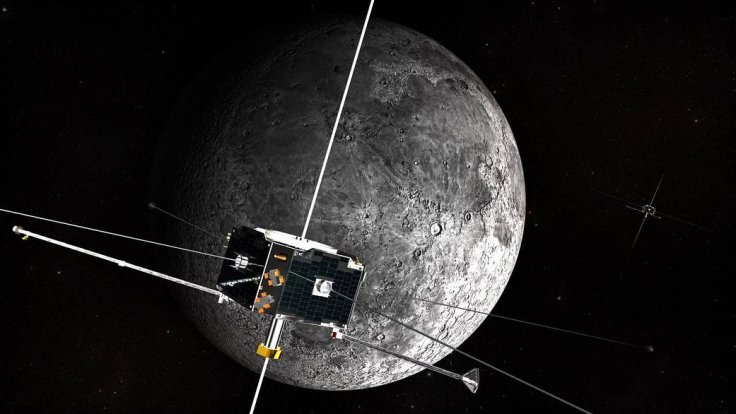
In April 2018, China announced that their upcoming 'Chang'e-4' lunar mission will try to create a mini biosphere on the dark side of the moon by growing flowers and silkworms. To materialize this mission, China has launched a relay satellite on May 21. This satellite is specially designed to establish a communication link between earth and moon ahead of the planned lunar probe which will explore the dark side of the moon.
Xinhua news agency confirmed the news and revealed that the satellite launch took place at around 05.28 am (Chinese local time) in a Long March-4C rocket from the Xichang launch centre in the southwestern region of the country.
"The launch is a key step for China to realize its goal of being the first country to send a probe to soft-land on and rove the far side of the moon," said Zhang Lihua, manager of the relay satellite project.
The satellite, which is known as Queqiao or Magpie Bridge, will be operated from the orbit at around 4,55,000 kilometres from earth. It should be also noted that the Magpie Bridge is the world's first communication satellite to be operated from the dark side of the moon.
Through this move, China aims to catch up with Russia and United States in the space exploration race and they aim to emerge as the global space leader by 2030. The country is also apparently planning to launch a manned space mission next year.
China also believes that their plan to cultivate flowers and silkworm will finally end the food crisis among astronauts in future space journeys. Experts believe that moon's gravity, which is 16 times lesser than earth, will be the major barrier while trying to create a mini ecosystem there. The climate on the moon is also adverse, as it usually ranges from -100 to 100 degree Celsius.









